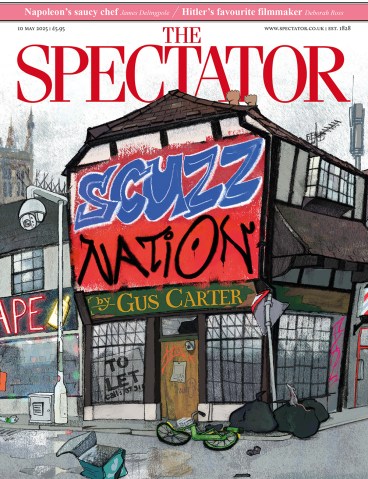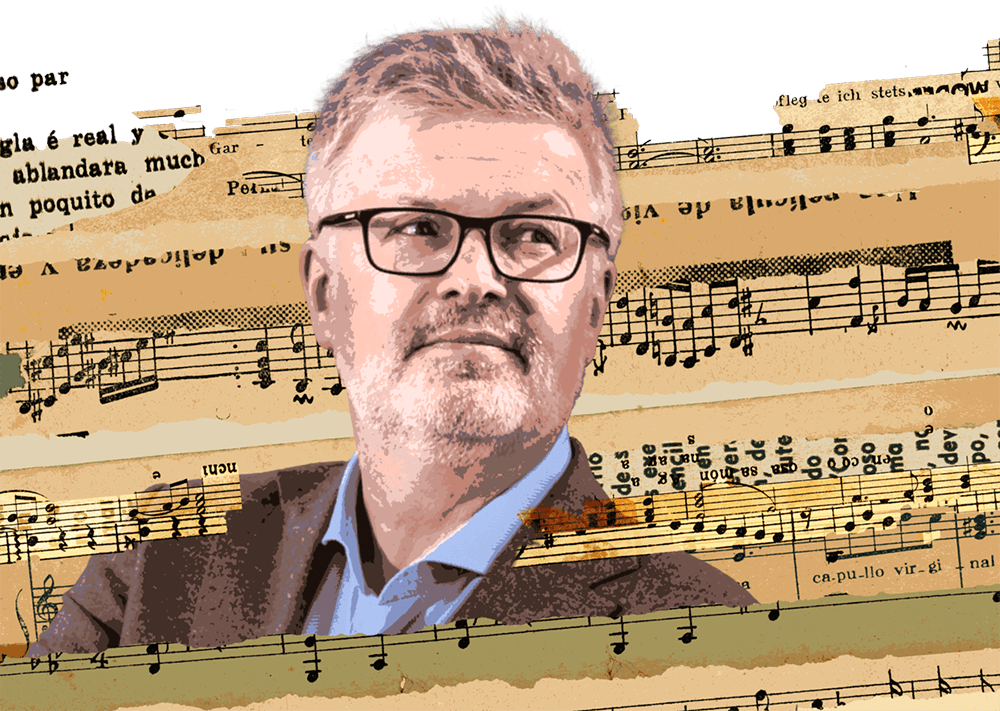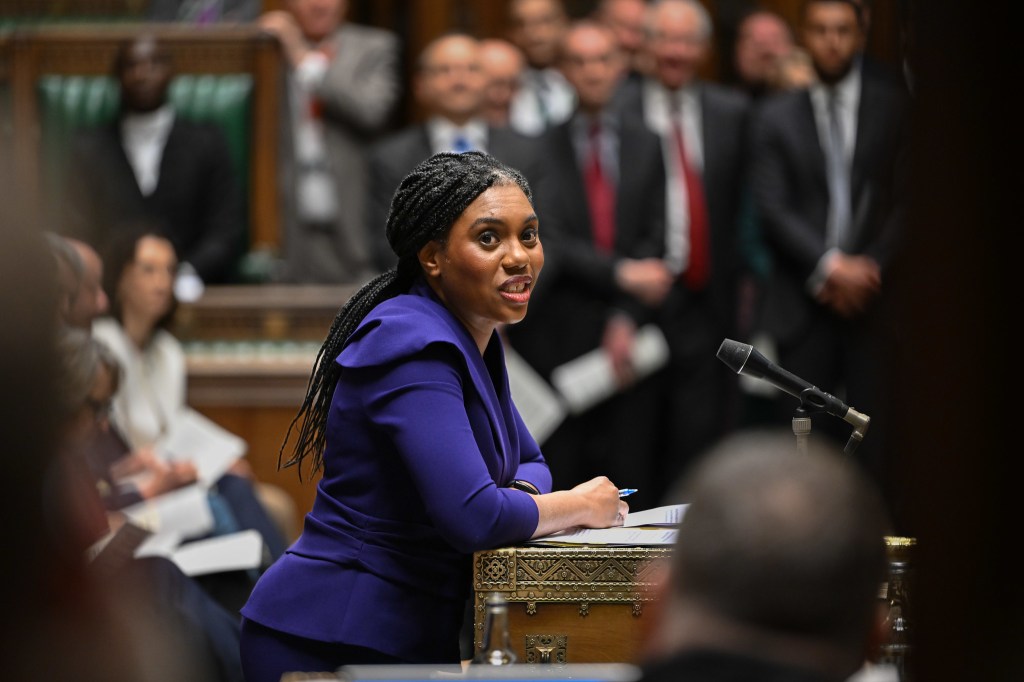
‘What!? But they won’t let you in!’ and ‘What!? But they’ll detain you at the border!’ and ‘What!? But they’re all nuts over there!’ were just some of the responses from friends and colleagues at my announcement that I was heading to the US for three and a half weeks’ work. But my visa was valid and accepted at passport control, I wasn’t thrown in jail, and the people whom I met and worked with were perfectly sane, perfect hosts and a perfect delight.
First up was the Minnesota Orchestra, where I conducted two concerts of my own music and more well-known works by Rachmaninov and Rimsky-Korsakov. Also on the programme was an excerpt from Wagner’s Parsifal. I was prematurely enraptured by Wagner before I was 12 and remember dragging my mum to see Götterdämmerung before I was out of short trousers. Every time I conduct any of Wagner’s music, I’m thrown back to those strange childhood encounters and the magic overcomes me all over again. In the same concert I conducted my ‘Woman of the Apocalypse’ which I originally wrote for Marin Alsop and dedicated to her, although I thought it best to explain to her at the time that it was not she who was the Woman of the Apocalypse.
Next up was the incredible choral organisation VocalEssence of Minneapolis. They have been directed by their founder, Philip Brunelle, these past 56 years. He gave me the opportunity to conduct the choristers for a couple of programmes. In one, a young South African soloist stole the show. There has been a steady stream of first-rate opera singers coming out of South Africa in recent years. Pretty Yende and Masabane Cecilia Rangwanasha come readily to mind. Another name could be added to the list: Goitsemang Lehobye. This young soprano sang the main part in the US premiere of my work ‘The Sun Danced’, inspired by the miracle of Fatima. Lehobye delivered words thought to be spoken by the Blessed Virgin Mary to three unsuspecting children in Portugal in 1917. It was a sublime and touching performance.
My Catholic theme continued the following week at the Catholic University of America in Washington D.C. This is an institution which has no equivalent here in the UK. It is a private Catholic research university, one of the two pontifical universities in the US, founded when Pope Leo XIII granted it its charter in 1886. Its campus lies next to an area in Washington known as ‘Little Rome’ which contains 60 Catholic institutions, including the Dominican House of Studies and the Basilica of the National Shrine. I was there to record a series of video interviews exploring the power of music and its relationship to the sacred. My visit to CUA was part of the Welcoming Children in Worship project, an initiative focused on encouraging Catholics to explore and utilise sacred music, not just in the liturgy but in their interior lives. Even as a boy I began to realise that in our local Catholic life, music was an important ingredient. It wasn’t just an extra; it was at the core of everything. I’ve spent my years reflecting on the search for the sacred in music. Lovers of music will claim that it is the most spiritual of the arts; it brings sceptic and believer together.
And so it was off next to Benedictine College Kansas to be presented with an award relating to the theological exploration of the arts. While there, I was given the opportunity to lecture on another of my obsessions: the mysterious connection between music and silence. The notion that silence is present as a mystical or metaphysical ‘substance’ is one that has many musical analogies. Music itself grows out of silence, the emptiness and solitude of the composer. Silence is nevertheless pregnant with promise, the promise of possibility and potency. Since music is not a physical reality that one can see, touch or taste, but is a presence, the composer must start with an encounter with a mysterious silence to bring the music into being. This encounter sparks compositional possibilities. Composers seek new music from deep in our creative imaginations and, if you like, from our souls.
I hope that our next Pope will emphasise and elevate the role of beauty, as well as truth and goodness. Our world needs all three.








Comments